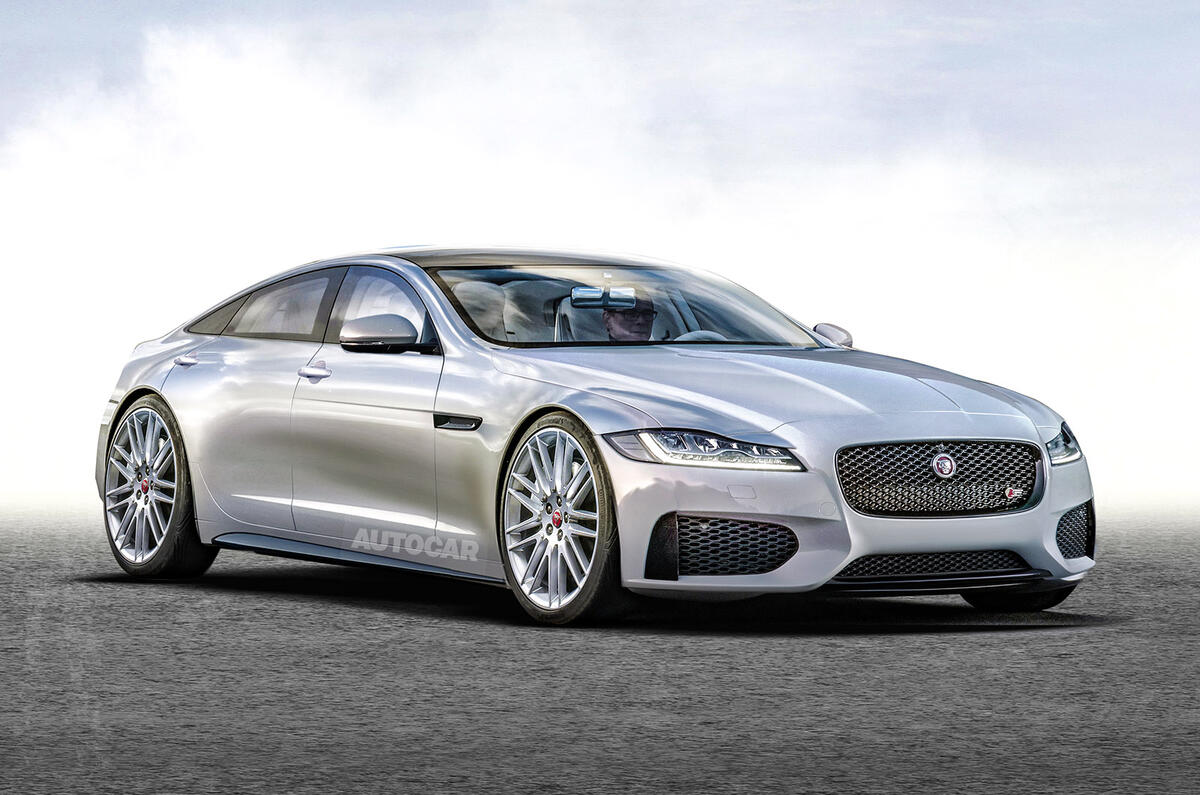The next-generation Jaguar XJ, expected to be launched around 2019, will be “something that is visually stunning on the outside and luxurious inside”, according to design boss Ian Callum.
Jaguar Land Rover is believed to have hotly debated the new Jaguar XJ as it evaluated how to develop a flagship design for the next generation of cars while boosting sales in a class dominated by the Mercedes-Benz S-Class. Discussions are understood to have swung as widely as dropping it from the line-up and developing a large SUV, to sticking with an ultra-conventional saloon.
The Jaguar I-Pace has been revealed, take a look here
Callum said the next generation could have a higher roofline to improve the rear packaging, but other changes could be more “nuanced”. The decision to stick with a saloon is said to be motivated by it still being recognised in most markets as a key differentiator of premium brands.
“The XJ today isn’t a traditional limousine,” said Callum. “It balances style, performance and comfort in a unique way. It’s a car with many admirers and it’s a car that establishes Jaguar’s credentials in quite a cool way.
“We could address head room, but other changes could be more detailed. We have a cool car. We don’t want to lose that.”
XJ to live on as super-luxury hybrid
After months of debate Jaguar bosses have finally pushed the button on reinventing the XJ as an “indulgent, super-luxury” car.
The new XJ is likely to feature mixed-materials body construction, a new-generation V6 hybrid drivetrain, an entirely fresh look for the interior and much more of the technology needed for connected and autonomous driving.
It’s expected to arrive in showrooms in spring 2019 and a concept version could be seen in 2018, the 50th anniversary of the original XJ. The image above shows Autocar's expectations for the model.
According to inside sources, the debate on how to replace Jaguar’s flagship model was wide-ranging. Some in the company thought the XJ could be remade as a kind of super-SUV similar in concept to the Range Rover Sport.
Others proposed an end for the XJ, believing the investment in a large saloon to take on the Mercedes-Benz S-Class might not make a sound business case. Sales of today’s XJ have risen steadily to 20,000 units per year, but that’s only a fraction of S-Class sales.





Join the debate
Add your comment
space
They killed off the XK, which
Inside a box
Callum